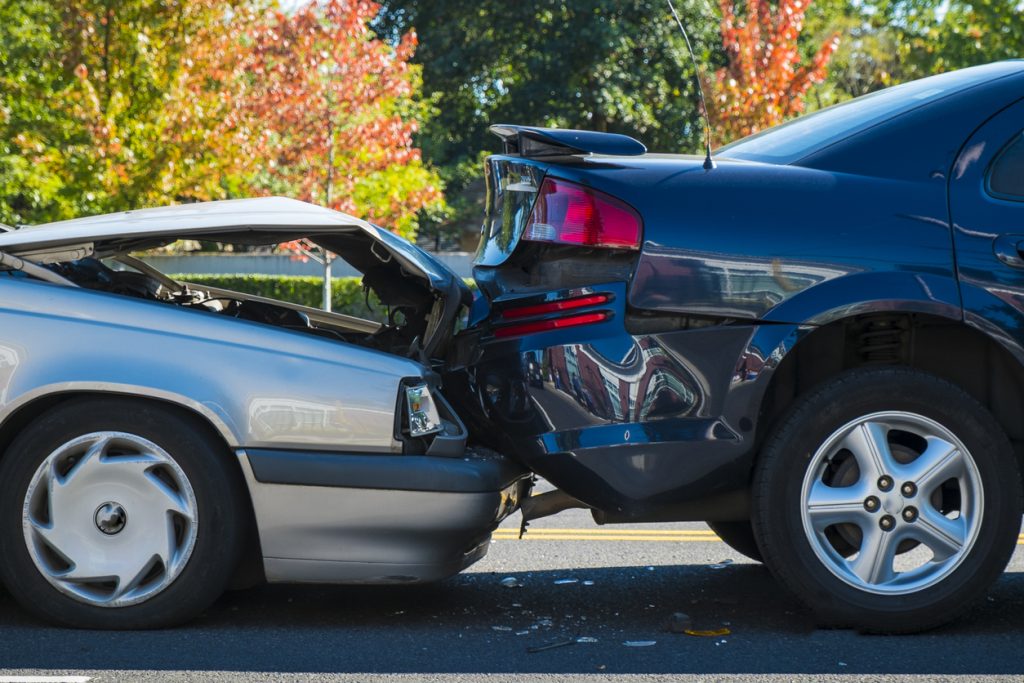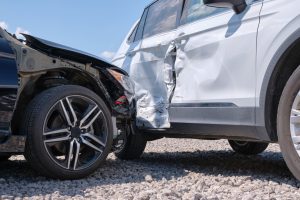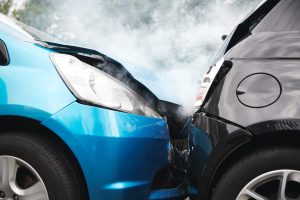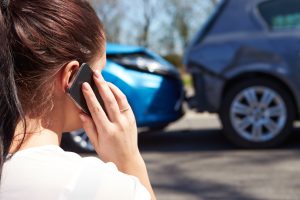Statistics show that more than 38,000 people die in vehicular accidents every year while millions are seriously injured. This article lists the steps you can take to ensure your safety on the road and help prevent accidents from occurring.
Wear your seat belt
One of the easiest ways to stay safe on the road is by always wearing your seat belt. Your seat belt is one of the most important safety gears in your vehicle and only takes a few seconds, if that, to put on. You should never get behind the wheel without properly fastening your seat belt first. Make sure that your passengers are also wearing their seat belts to keep everybody safe.
Be in control of the wheel
When driving, you should always be in control of the wheel. This will prove easier if you keep at least one of your hands always holding the steering wheel. It is even better if you get used to driving with both of your hands strategically positioned on the steering wheel. By doing so, you will be able to manoeuvre your vehicle quickly if need be.
Focus on the road
When you are driving, make sure that your focus is solely on the road by avoiding distractions such as switching radio channels or taking a sip of your coffee. It should go without saying that you shouldn't be using your phone while behind the wheel. Such actions may seem small but they will divide your attention, stopping you from reacting immediately when necessary. Reduced action time increases the risk of car accidents.
Make sure your vehicle is roadworthy
Before you take out your vehicle for a drive, make sure that it is road-worthy. This means that you need to check every aspect carefully, such as its tyres, fuel, and brakes. It will also help to take the time to have your vehicle periodically maintained so that any potential issues with your car that can lead to accidents will be addressed or resolved promptly.
Know your route
As much as possible, you should already know your route before you take your vehicle out for a ride. Take the time to familiarise yourself with your route using a map, sat nav, Google Maps, or Google Street View. When you already know your route, you will focus more on your quality of driving and less on which turn to take next.
Nevertheless, if you find yourself in an unfamiliar area, make sure that you scan about 12 seconds ahead. For instance, if you are driving on a highway, you have to keep a position that is far enough from other vehicles, so that you will be able to avoid them if they were to stop suddenly or swerve. Even if you are driving on a service road, you should always leave a three-second cushion between you and the vehicle in front of you.
Be wary of poor weather conditions
If weather conditions are poor, leave six-second cushion between you and any vehicle ahead. Reduced visibility from fog or heavy rain can reduce your reaction time, while rainfall can lead to aquaplaning. Aquaplaning occurs when a layer of water builds up between a vehicle's tyres and the surface of the road beneath. When this happens, the vehicle's tyres can no longer grip the road's surface, causing a lack of traction. Aquaplaning can easily cause a driver to lose control of their vehicle, as they are unable to steer, brake, or accelerate.
Limit passenger Numbers
Finally, you should also consider limiting your passengers because the risk of a fatal crash tends to increase with every additional passenger that you carry. You should also try to avoid driving at night or during poor weather conditions.
What To Do In The Event Of Car Accidents
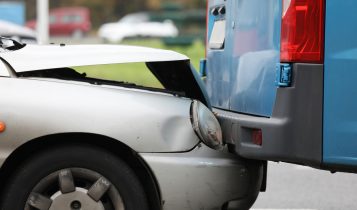
Seek medical attention: There are instances wherein no matter how careful you may be, you still find yourself in an unfortunate road mishap. In this case, one of the very first things you need to do is to assess your injuries. If you can, also check the condition of the other people involved in the crash. Some of the most seasoned car accident lawyers suggest that even if you feel fine, you should still get medical attention as soon as help arrives. The reason behind this is that your injuries might not start to show until after a few days, and by then, you might not be able to maximise the claim that you can acquire to help you manage the expenses you incur for your injuries. Nevertheless, keep your medical records because this will form part of the pieces of evidence that you might need to present later on.
Call the police: Another thing that you may want to do soon after a car accident is to call the police. If need be, they will also get in touch with emergency responders to help anyone who needs critical care at the scene. The police will conduct a thorough investigation and document the scene. Make sure that you get a copy of their report later on because this will be helpful in both your claim and potentially your court case if the need for one arises.
Exchange information: While waiting for the police to arrive, you can exchange information with the other motorists involved in the accident. However, this is only applicable if you and the other party’s injuries seem to be minor. Aside from asking for their details, including their name, address, contact number, and license information, you should also take the time to get pictures of the scene from different angles. Make sure that you capture the road conditions during the accident as well as the weather.
There are several ways for you to help prevent road accidents and reduce your risk of being involved in a car crash. Apart from always wearing your seat belt, you should also set your mind to be in control of your vehicle and focus on the road. Before you use your car, you should also make sure that it is roadworthy. As much as possible, you should also know your route and limit your passengers because all these are geared towards helping you keep safe and avoid accidents on the road.



